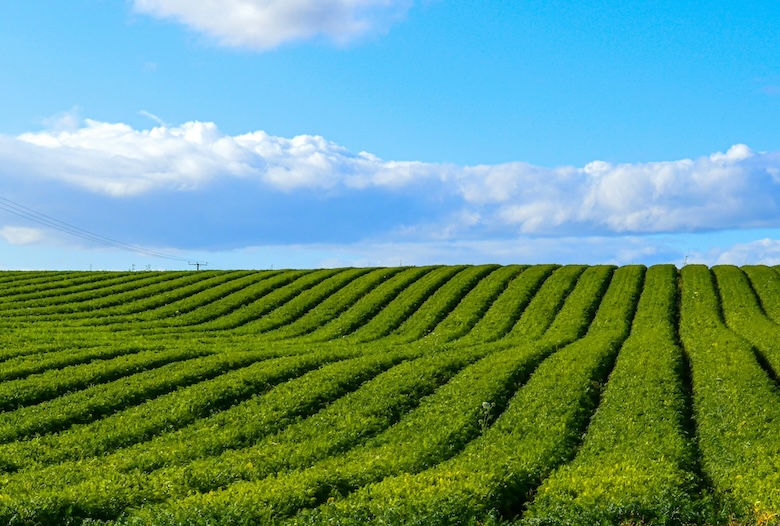In the video, Andrew Nelson, a farmer and software engineer, discusses managing his 7600-acre farmland in Eastern Washington State using Microsoft technology. He merges his knowledge of software and agriculture in a field known as precision agriculture. Nelson employs this advanced tech for overcoming various farming challenges, with the ultimate goal of enhancing production while conservatively using resources.
Microsoft is advancing its agricultural technology initiative, FarmBeats, to gather and analyze farm data, aiming to improve agricultural efficiency and insights. Through IoT devices like soil sensors and drones, FarmBeats collects data for analysis on Microsoft’s Azure IoT Edge platform, providing farmers with actionable insights. A significant focus is addressing connectivity issues in agriculture with Microsoft’s TV white space technology, which uses unused TV channels to transmit data over large areas without interference. This technology has been tested to cover a 12-kilometer diameter, supporting high-speed data transmission that can connect a wide range of agricultural equipment and sensors.
FarmBeats also explores using drones combined with ground sensor data to improve the accuracy of farm mapping, notably in soil moisture, temperature, and pH levels. To tackle the challenge of slow broadband speeds in rural areas, FarmBeats employs local computing on Windows 10 PCs to process data and only sends summarized information to the cloud, maintaining high-resolution data locally for quick access.
The project is innovating in extending the battery life of IoT devices, utilizing weather forecasts to manage power usage of solar-powered sensors and employing wind to improve drone battery efficiency. Upcoming research aims to harness radio frequencies for sensor power and develop microclimate predictions using machine learning models.
Additionally, FarmBeats is working on reducing the costs associated with producing, transmitting, and analyzing farm data. One novel approach under development involves using a smartphone’s Wi-Fi to measure soil moisture without needing an antenna in the soil, offering a cost-effective solution for farmers worldwide.



